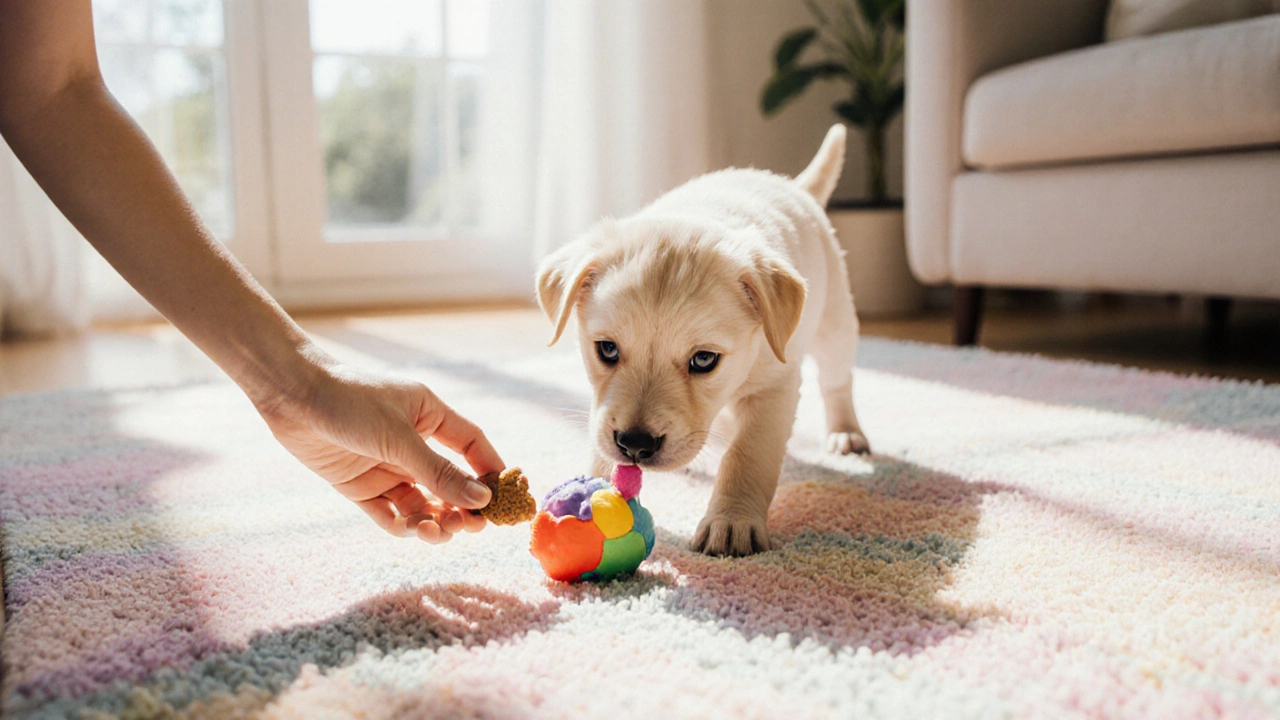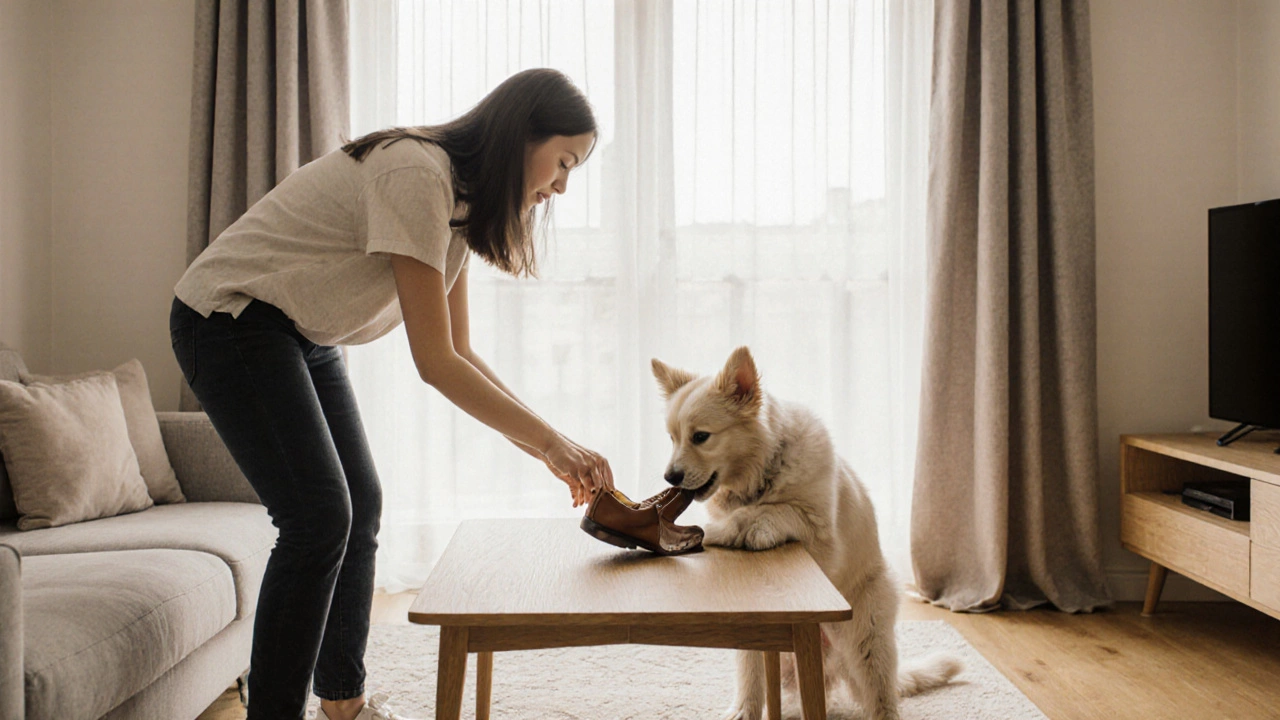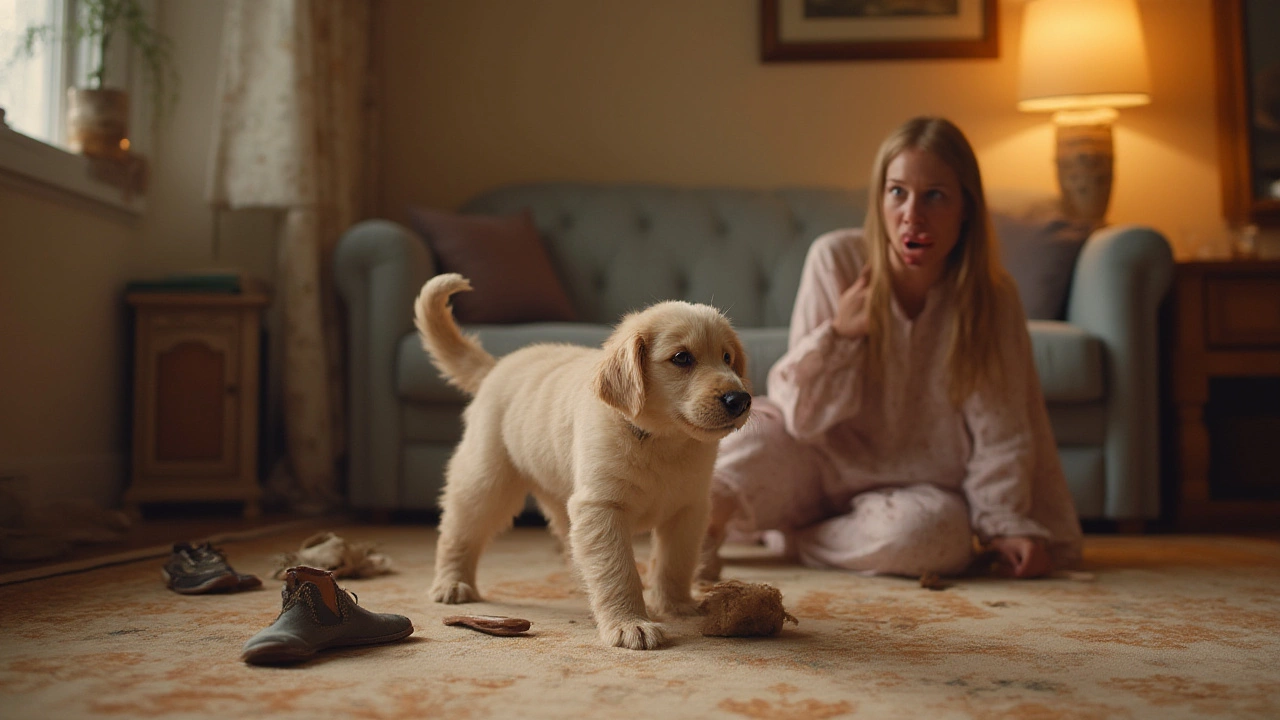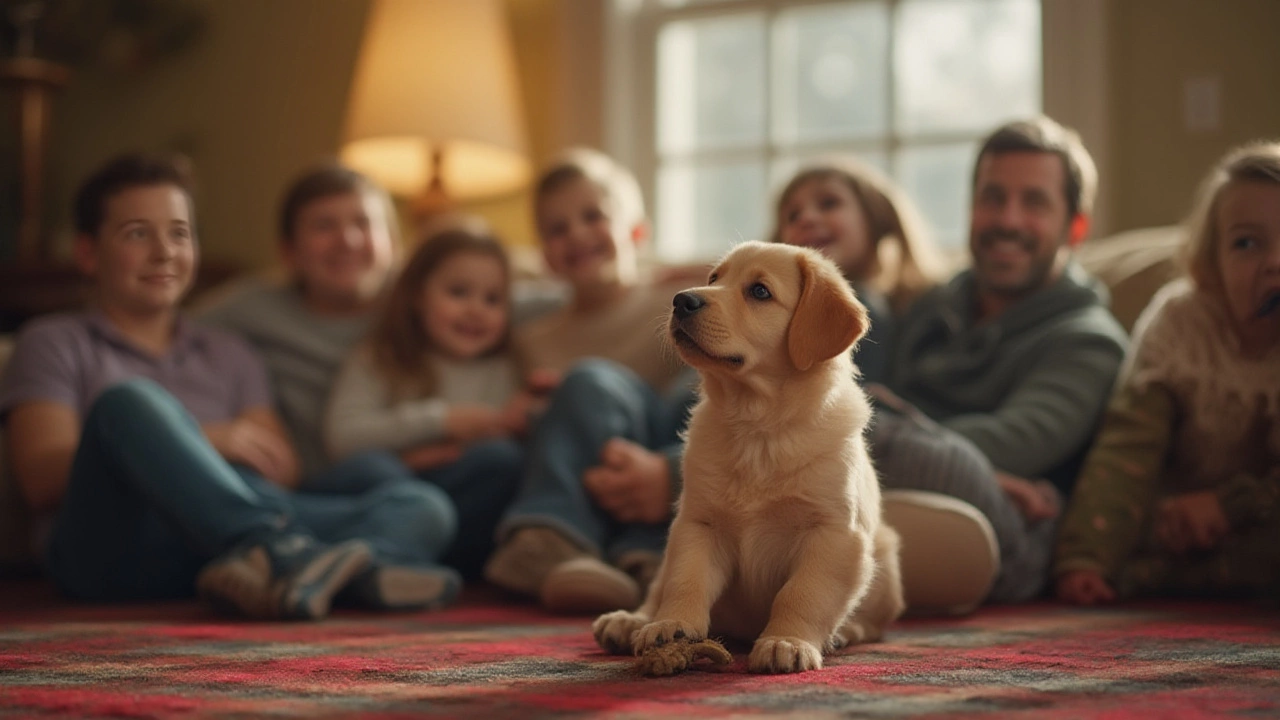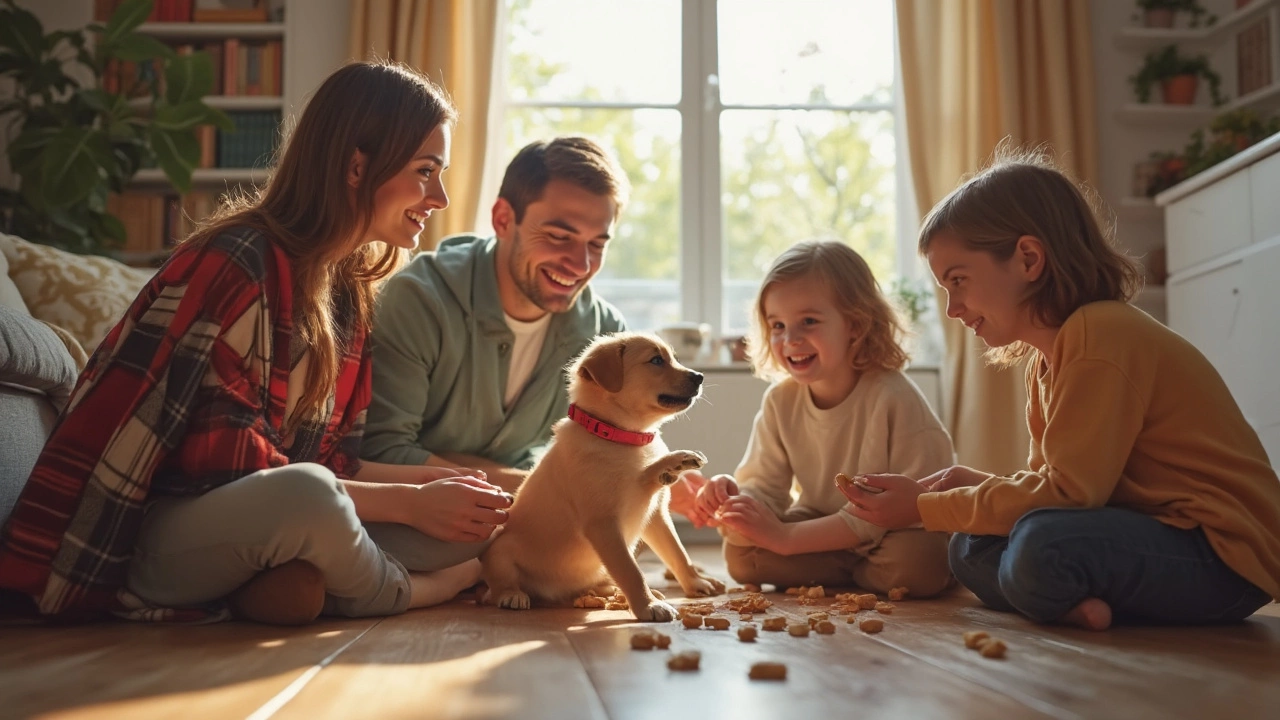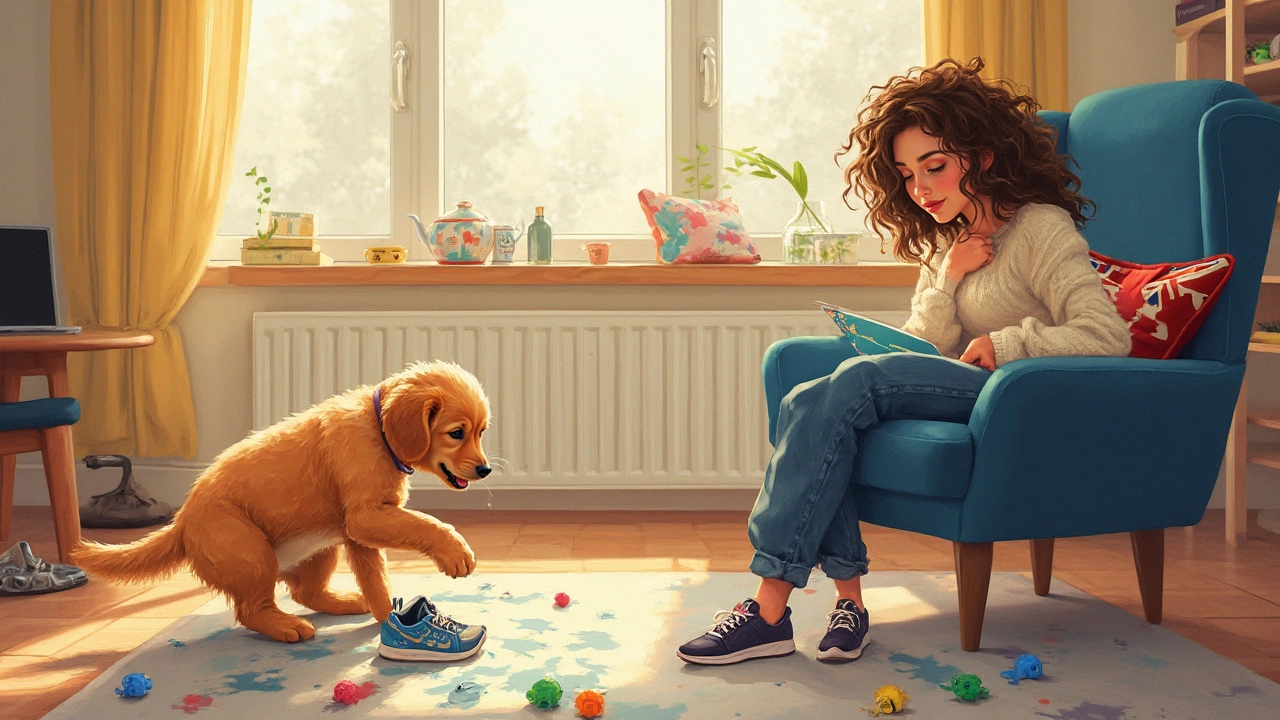Puppy Training Made Simple: Tips, Tools, and Real‑World Advice
Got a new pup and feeling a bit overwhelmed? You’re not alone. Training a puppy is a mix of patience, consistency, and a few handy tricks. Below you’ll find straightforward advice that works in the real world, plus quick links to our most popular how‑to articles.
Crate Training Without the Night‑Time Panic
One of the first questions most owners ask is whether to put a pee pad in the crate at night. The short answer: you usually don’t need one. A clean, comfy crate gives your puppy a den‑like feel and teaches them to hold it until morning. If your puppy whines, try a short bedtime routine – a quick potty break, a calm tone, and a gentle pat on the head. Our article "Puppy Crate Training: Should You Use a Pee Pad at Night?" breaks down the pros and cons and gives a step‑by‑step night‑time plan.
Vaccinations: What Your Puppy Really Needs
Vaccines might sound scary, but they’re the best defense against common diseases. Most vets recommend a core series of shots – distemper, parvovirus, and hepatitis – starting at 6‑8 weeks old, then boosters every 3‑4 weeks until the puppy is 16 weeks. Our "Puppy Vaccination Guide: Essential Shots Every Puppy Needs" lists each vaccine, why it matters, and how to keep a simple schedule on your phone.
While you’re at it, ask your vet about a rabies shot if you plan to travel or visit public spaces. It’s a quick injection that can save your pup’s life later on.
Chew Toys That Save Your Shoes
Teething puppies love to chew, and if you don’t give them the right things, your shoes, furniture, and cords become loot. Look for toys that are firm enough to soothe sore gums but safe if swallowed in small pieces. Rubber Kong toys, nylon bones, and frozen carrot sticks are all great options. Our guide "Puppy Chew Toys: What Should I Give My Puppy to Chew On?" shows how to pick the safest toys and what to avoid.
Rotate toys every few days to keep your pup interested. A bored puppy is more likely to find trouble.
Free Roam and Safe Exploration
Wondering when your puppy can start roaming the house unsupervised? Generally, wait until they’ve mastered basic commands (sit, stay, come) and have reliable house‑training. Most owners feel comfortable letting puppies explore alone around 4‑5 months old, but always puppy‑proof the area first – hide wires, block stairs, and secure trash cans.
Our article "When Can Your Puppy Safely Free Roam at Home?" gives a timeline and a quick checklist to make sure you’re not leaving any hazards in the room.
Putting It All Together
Training a puppy isn’t a one‑size‑fits‑all plan. Mix and match the tips that fit your lifestyle: start with a solid crate routine, get vaccinations on schedule, provide chew toys that keep teeth healthy, and slowly grant freedom as confidence grows. The key is consistency – a short training session every day beats a long marathon once a week.
If you ever feel stuck, revisit any of the linked articles for a deeper dive. The more you know, the easier it becomes to raise a happy, well‑behaved dog.
Ready to put these ideas into action? Grab a treat, get down on the floor, and start with a simple “sit” command. Your puppy will thank you with wagging tails and fewer chewed‑up shoes.
Effective Ways to Discipline an 8‑Week‑Old Puppy
Learn practical, gentle ways to discipline an 8‑week‑old puppy, from positive reinforcement to crate training, with step‑by‑step tips and a handy checklist.
How to Teach Your Puppy ‘No’ - Simple Training Tips
Learn the step‑by‑step method to teach your puppy ‘no’ using clear cues, consistent timing, and positive rewards for lasting results.
Surprising Truths About Getting a Puppy: What Most People Overlook
Thinking of getting a puppy? Discover the quirks, surprises, and challenges no one mentions. Real insights, firsthand stories, and practical tips every new puppy parent should know.
When Do Puppies Stop Biting? Expert Puppy Biting Timeline & Tips
Curious when your puppy will stop biting? Learn what age puppies stop biting, why they bite, and get proven tips to curb puppy biting fast.
What Age Should a Dog Be Trained? Key Facts and Practical Tips
Wondering when to start training your dog? This article breaks down the best age to begin, explains early learning stages, and shows what matters more than the dog’s age. Get real tips for raising a well-behaved, happy pup and discover how timing can make life smoother for both of you.
Puppy Toys: Navigating the Most Difficult Age for Your Pup
Raising a puppy comes with plenty of high-energy moments, but nothing tests your patience like the dreaded chewing stage. This article breaks down the most difficult age for a puppy and why it sends so many pet owners searching for the right toys. Get real advice for surviving this challenging time, understand what's going on in your puppy's mind, and find tips that make life easier for everyone involved. We'll also talk about the toys that can save your shoes, your furniture, and your sanity.
